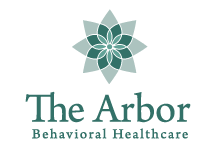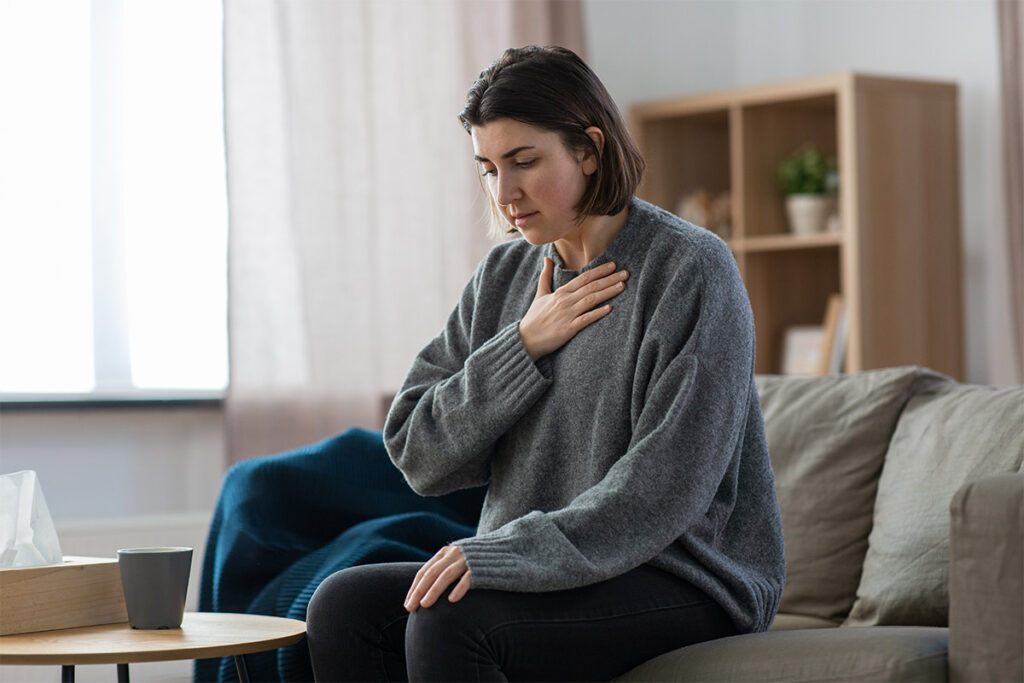When panic or anxiety sets in, it can be hard to understand what is happening to your body and why you are feeling the way you do. You may experience symptoms like sweaty palms, an increased heart rate, or feelings of fear. It is normal to experience anxiety on occasion. However, when it becomes persistent or disruptive to daily living, you need a trusted medical or therapeutic professional. Many people assume a panic attack and an anxiety attack are the same thing, just by different names. However, when considering panic attacks vs anxiety attacks, it is important to know the differences.
Many individuals struggling with substance use disorders experience panic or anxiety as a co-occurring mental health condition. These attacks of panic or anxiety can be managed, and the first step is to recognize the triggers that cause them to happen. Seeking mental health treatment from trusted professionals like those at The Arbor Behavioral Healthcare is the first step to managing these feelings.
Contact The Arbor today and ask about our comprehensive residential and outpatient treatment programs for substance use disorders and co-occurring mental health conditions.
What is a panic attack?
When you have a panic attack, you will most likely experience extreme feelings of stress, worry, and even terror. There is not necessarily a pattern associated with these attacks; rather, they can come randomly. The feelings of panic are usually blown out of proportion to the actual reality of the situation, and in some cases, not even related to the situation. Many equate the feelings experienced to those of a heart attack.
What causes a panic attack?
While a panic attack can literally come out of the blue, research shows that family history as well as co-occurring mental health disorders can be causes of panic attacks. As well, those who have experienced trauma or have a serious health condition can be at a higher risk for these kinds of attacks. The key to managing these attacks is identifying the triggers that cause the feelings experienced.
How to calm a panic attack
In addition to therapeutic treatment and prescription medication, lifestyle changes like breathing exercises can be a coping mechanism to calm a panic attack and reduce symptoms. Focusing on breathing, versus the feelings of panic, is more productive and effective.
What is an anxiety attack?
Anxiety attacks are fairly common. During an attack, people can experience severe episodes of anxiety as a result of an existing anxiety disorder, obsessive-compulsive disorders, or post-traumatic stress disorder (PTSD). Chronic anxiety attacks can lead to more serious conditions like depression, substance use disorder, or even suicide.
What causes an anxiety attack?
Anxiety causes feelings of being overwhelmed. It’s an extreme stress situation. Causes of an anxiety attack can include strained relationships, financial difficulty, work or school pressures, a recent death, global issues, and major life changes.
How to calm an anxiety attack
Recommendations for managing an anxiety attack can depend on the severity of the disorder.
Making lifestyle changes in diet, exercise, and sleep may be enough for some to better manage their anxiety. For others with more severe cases, psychotherapy and/or medication may be recommended.
Panic attacks vs. anxiety attacks
The symptoms of a panic and anxiety attack can have some similarities, but there are differences.
Common anxiety attack symptoms
- Paranoia
- Trouble sleeping
- Lack of concentration
- Being irritable and easily provoked
- Elevated heart rate
- Dizziness
- Severe mood swings
Common panic attack symptoms
- A sense of things not being real
- Detachment
- Control issues
- Thoughts and fear of dying
- Nausea
- Sweating
- The shakes
- Shortness of breath
- Chest pain
In general, anxiety attacks are a period of time filled with anxiety or extreme stress, where you worry about a specific stressor. On the other hand, panic attacks can surface for no particular reason and sometimes in inappropriate situations.
Finding behavioral health treatment
Behavioral health treatment, like that offered at The Arbor Behavioral Healthcare, is the most effective way to treat panic and anxiety attacks. A therapeutic team will use a combination of evidence-based therapies and holistic approaches to design custom treatment plans for each client.
Treatment may include:
- Family and group therapy
- Learning practical everyday coping techniques, like breathing exercises
- Making lifestyle changes, such as a focus on healthier diet choices
- Behavioral therapies like cognitive-behavioral therapy (CBT) and eye movement desensitization reprocessing (EMDR)
- Experiential therapies like yoga, equine therapy, or art therapy
While mental health conditions can come in many forms, the therapies used in treatment can be the same. The combinations of therapies will be unique to the person and the condition.
Start behavioral health treatment at The Arbor today
While there are still stigmas surrounding behavioral health conditions like substance use disorders and co-occurring mental health issues, you should not feel ashamed of seeking the treatment you need. Give The Arbor a call; our team will walk you through treatment options. Learning to recognize triggers and understand how to manage symptoms will better equip you for long-term recovery.
Call the team at The Arbor Behavioral Healthcare today at 844.413.2690 to see how they can help you deal with panic and anxiety attacks in a healthy and manageable way. You can also reach out through the online form.

